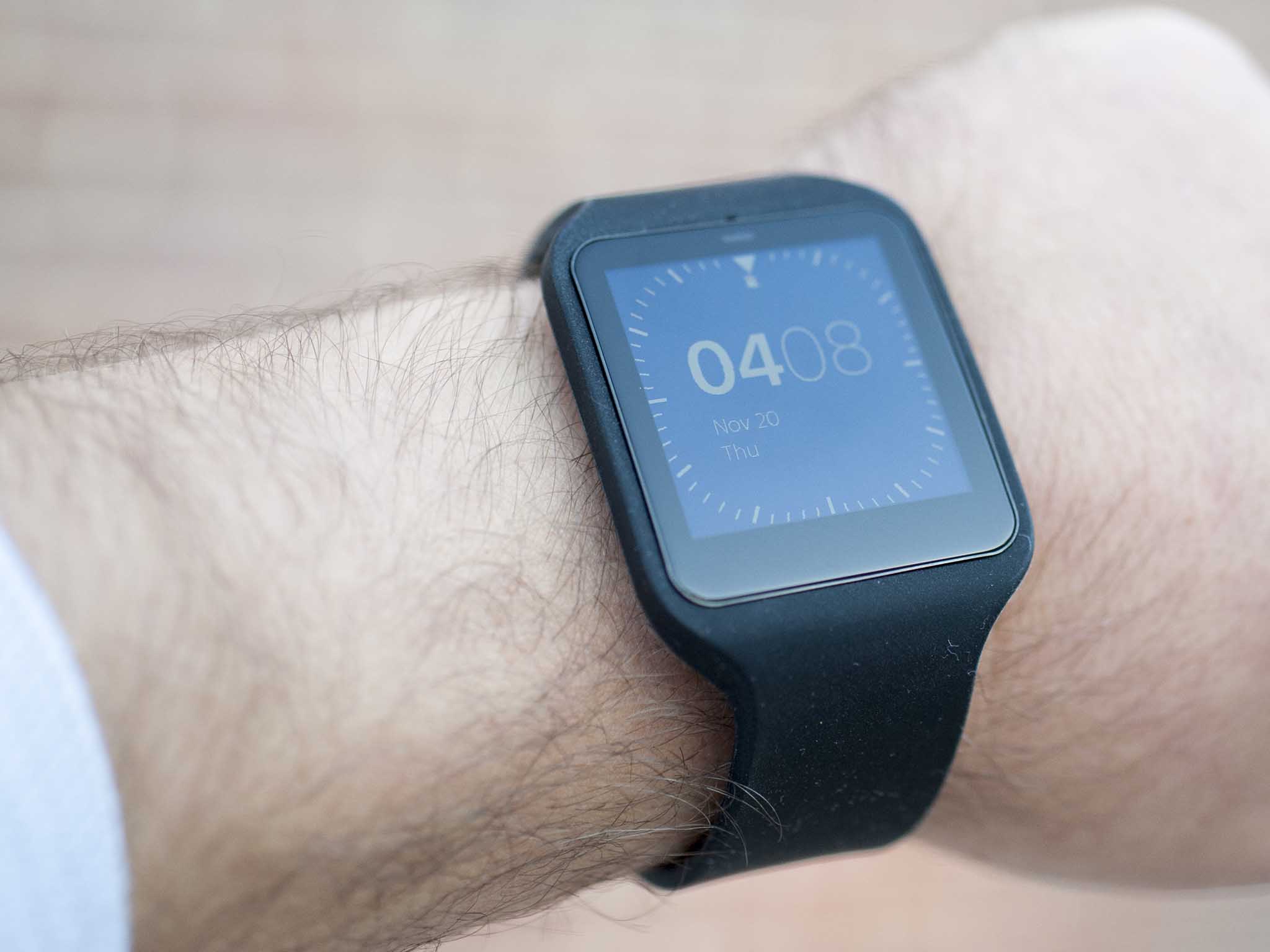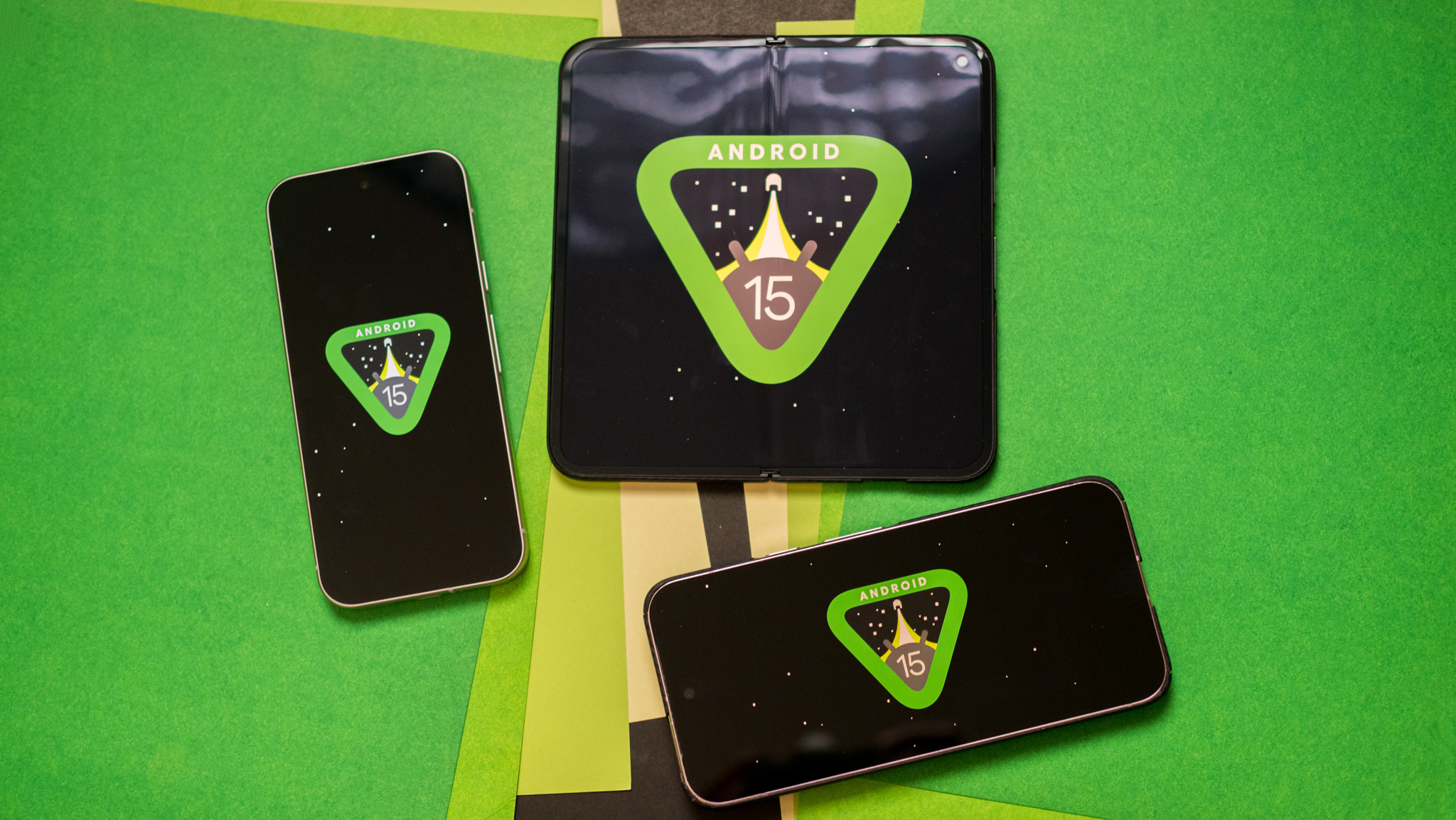When it comes to smartwatches, you can sort of break things down into three camps. There's the rubber strap crowd — functional, but not all that stylish. There's leather, which classes things up a good bit but doesn't necessarily work on every watch. And then there's those who prefer a steel bracelet.
I've very much found myself in that latter group. Living in a humid climate, leather just tends to stick to my arm more than I prefer. And rubber is fine, but I wanted something looks a little better.
So I was a little surprised by how much I've enjoyed wearing the Sony SmartWatch 3.
As the name implies, it's the third smartwatch from Sony, and its first to run Android Wear. And it actually marks the start of what we'd consider to be Version 1.5 of the Android wear era.
And this, now, is our Sony SmartWatch 3 review.
About this review
We're reviewing the Sony SmartWatch 3 as purchased directly from Verizon and after a good 10 days of exclusive use, followed more days of occasional use for further testing. It's also become my go-to watch for jogging.
The watch is running Android 4.4W.2 (Build KNX01V), and we've used it connected to a Nexus 6, 2014 Moto X and LG G3.
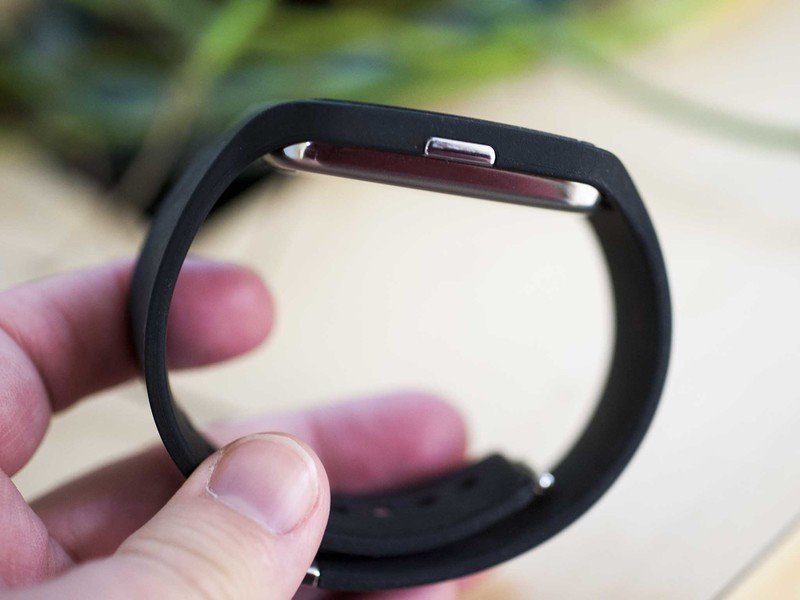
Sony SmartWatch 3 hardware
Breaking free (but not completely) from the smartphone tether
We're finally starting to see some real differentiation in Android Wear devices, and the Sony SmartWatch 3 brings something that really kicks off the second wave of Android Wear devices.
The design is largely more of the same — a 1.6-inch square display with rubber strap. The screen is a 320x320 TFT LCD model that's pretty par for the course at this point. You can spot individual pixels, but we've had no problems outdoors, and animations are smooth.
The watch itself is smartly wrapped in a rubber body, fitting nearly flush with a silver button on the right. The rubber is prone to attracting all kinds of dust and lint, which is unfortunate, but it's also pretty easy to clean. The strap is adjustable and uses a deployment clasp, which on occasion I've accidentally undone by catching on something.
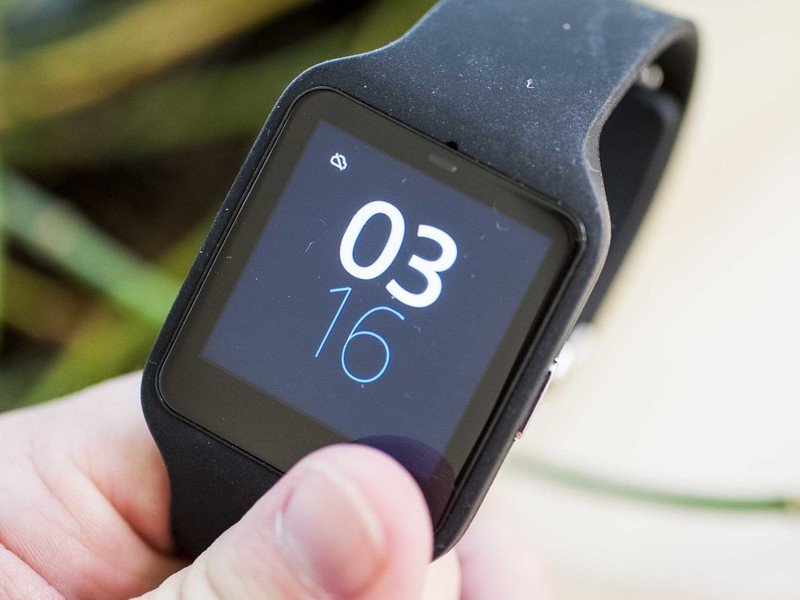
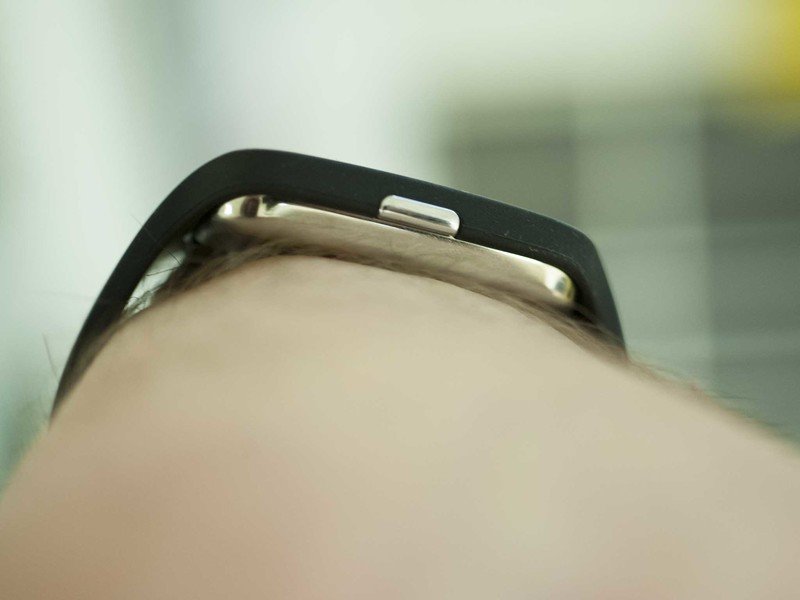
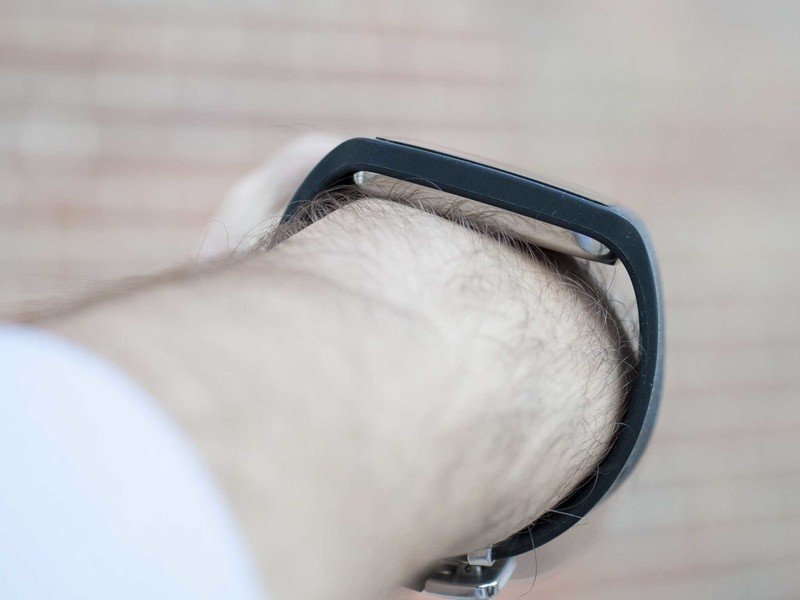
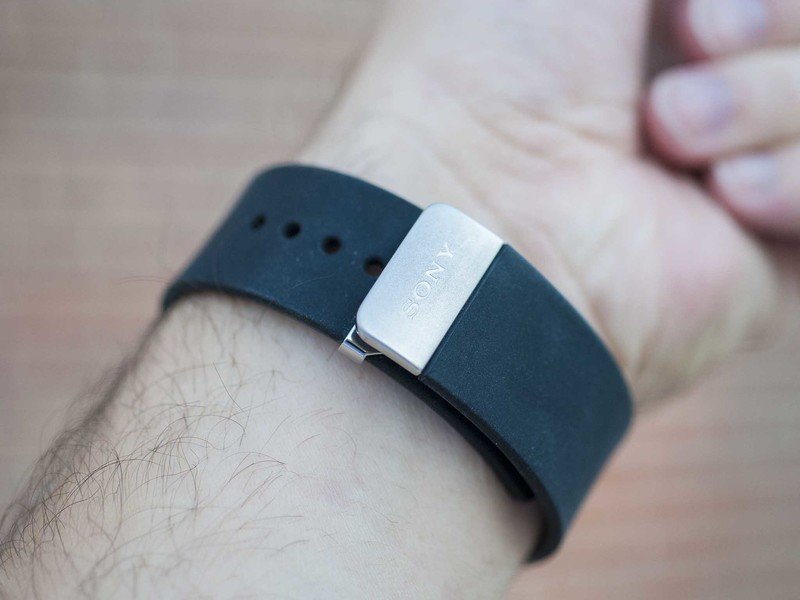
What's interesting, however, is that you can remove the watch from the rubber strap. That'll let you swap out the black on for, say, white or pink. (Or to clean it separately, we suppose.) It's easy enough to remove, but we have to wonder just how big a draw that's actually going to be. (And as of the time of this writing, we're not seeing where you can actually order a spare strap.)
GPS on the SmartWatch 3
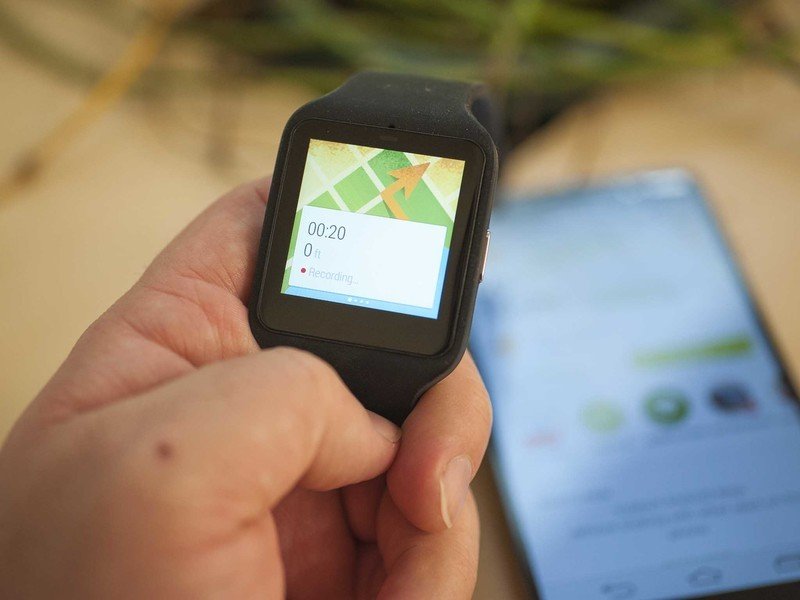
The big selling point for the SmartWatch 3 is the integrated GPS. That allows the watch to track location on its own, without having to be connected to a phone. And that means you can go jogging without lugging around a 5-inch (or worse) phone. Or any phone for that matter. And now that we can stream music offline from a watch to a headset — here's how that works — this is much bigger deal.
The flip side is that having GPS built into the watch is just one half of the equation. Android Wear apps still have to take advantage of it. We're reviewing this watch after it's been available for just a couple weeks, and the number of apps that can use the GPS are scarce. None of my usual running apps — Runtastic, Run Keeper or Endomondo (the latter not even taking advantage of Android Wear just yet) tied into the GPS on the watch.
Having GPS built into the watch is just one half of the equation — apps still have to take advantage of it.
Searching Google Play for compatible apps was pretty fruitless — Sony's own LifeLog app was updated Nov. 14 for Android Wear but doesn't actually use GPS for it, so far as we can tell — but I did eventually find a couple of winners in Google's blog post for the SmartWatch 3. So I hit the road using Google's MyTracks app.
Using GPS on the watch was simple enough. You load MyTracks onto your phone, and let it sync the app to the watch. Then fire it up either by voice, or by diving down into the Start menu and launching MyTrack manually.
Then walk. Or run. Or whatever.
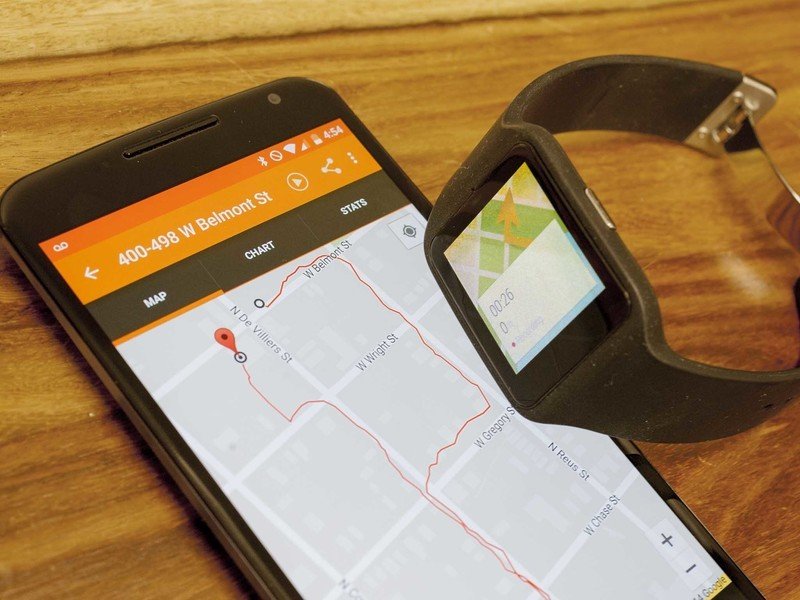
The GPS seemed to work pretty well, though it did make it look like I was drunkenly weaving my way through the neighborhood around my office. But it got the right idea. And it ties into Google Fit, so your steps count even if you're not connected to a phone.
The next question was battery. These watches do well to get through an entire day. And GPS has long been known as one of the biggest culprits when it comes to being a drain on a battery. A 15-minute walk generally took about 5 percentage points off the watch's battery. If you exercise at the end of the day and want to use the SmartWatch 3 to track your progress, it's possible you'll need to top off first. That'll be something we all need to get a feel for individually, though.
Also on the inside
Aside from the GPS, there's nothing really of note as far as the internals go. It's got a quad-core ARM A7 of unknown origin (probably a Qualcomm Snapdragon 400 of some sort) at 1.2 GHz, 512MB of RAM and 4GB of on-board storage. There's also a compass on board. It acts like a compass. There's also an accelerometer, gyroscope and ambient light sensor.
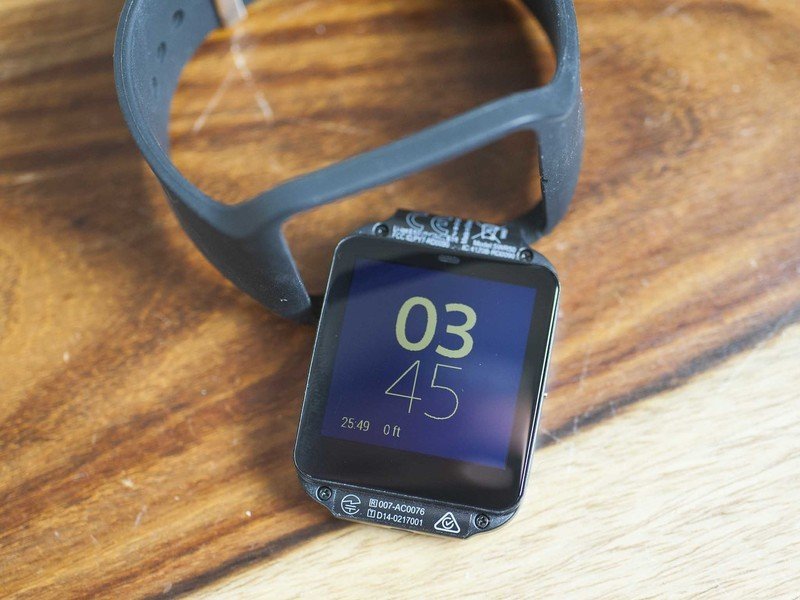
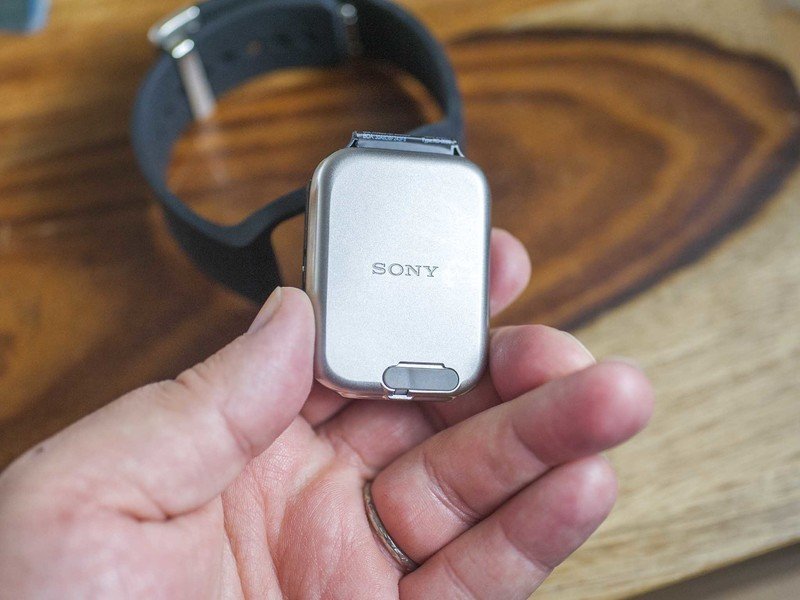
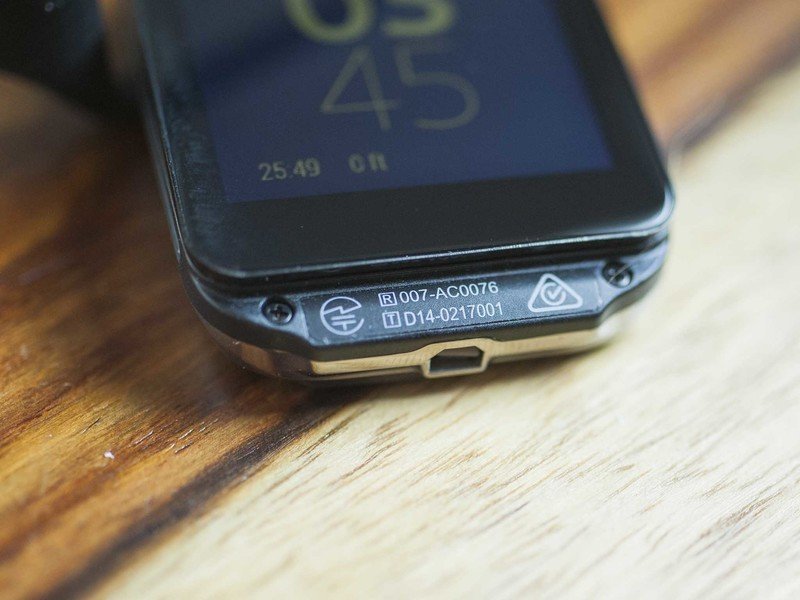
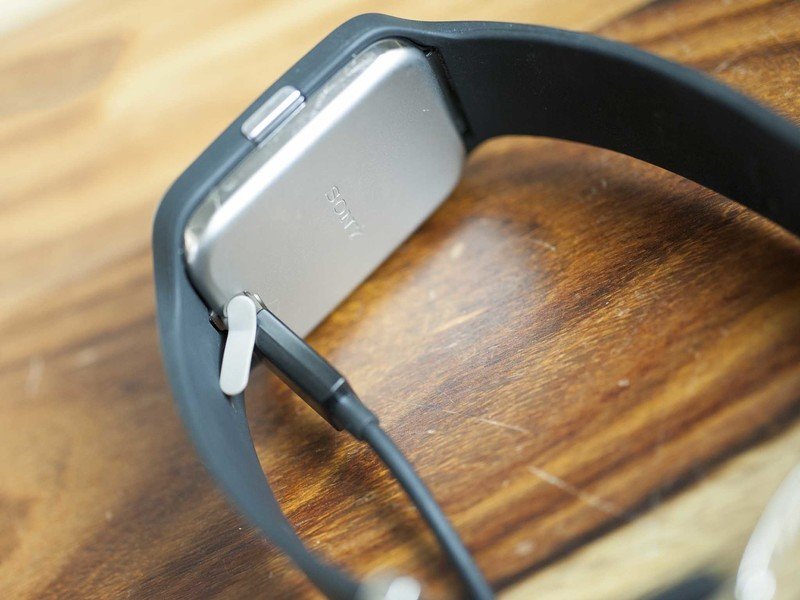
Charging the SmartWatch 3
Be careful what you wish for
Charging a smartwatch has not proven to be an easy feat. It's truly come down to which implementation is the least clunky. And while the SmartWatch 3 has managed to forgo a charging dock — or even a proprietary connector, for that matter — it turns out that plugging in a standard microUSB plug is still a pain.
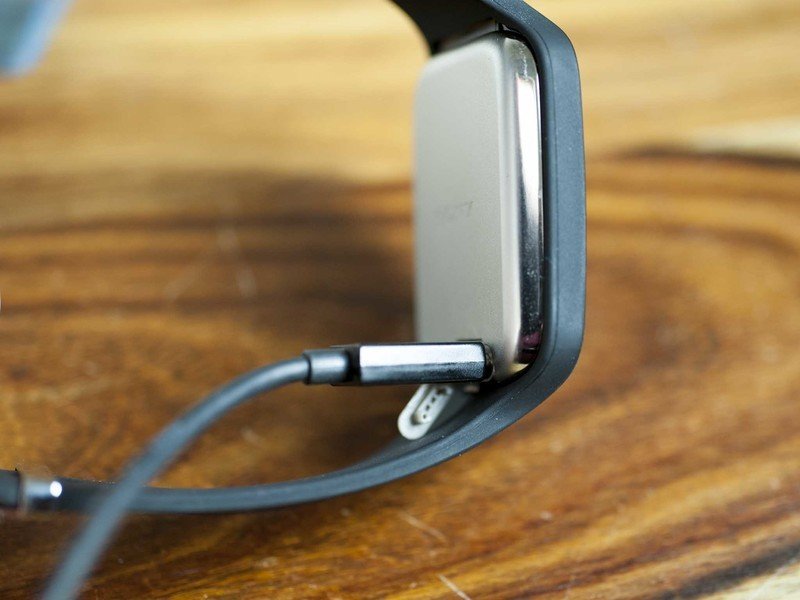
You'll charge the SmartWatch 3 directly from behind. The port is covered by a rubber flap that seats in exactly how you'd expect an IP68-rated water-resistant device to do it. You'll need a fingernail to open things up, which is easy enough. But as anyone who's ever used a microUSB plug knows, you've got a 50 percent chance at trying to plug in the wrong way the first time — and that number increases since the port tends to be obscured by the watch's rubber strap.
It's certainly doable, but it's not as easy as laying the watch onto LG's or Motorola's charging docks.
The good news is that the SmartWatch 3 should be able to get you through at least a day's use. I generally change my watches at night but purposefully haven't done so a few times now. I managed to go a full day, and then right up until lunch the next day before being yelled at for power. So while we'd still recommend charging every night, you shouldn't be left for dead should you forget to do so.
One other note, or two, or three …
Absent from the SmartWatch 3 is a companion app that adds options for the watch, such as customizing the watch faces. Motorola has that with Moto Connect, and ASUS does as well with its ZenWatch Manager app. (Both of which you're prompted to install once you've got your watch paired up with the Android Wear app.)
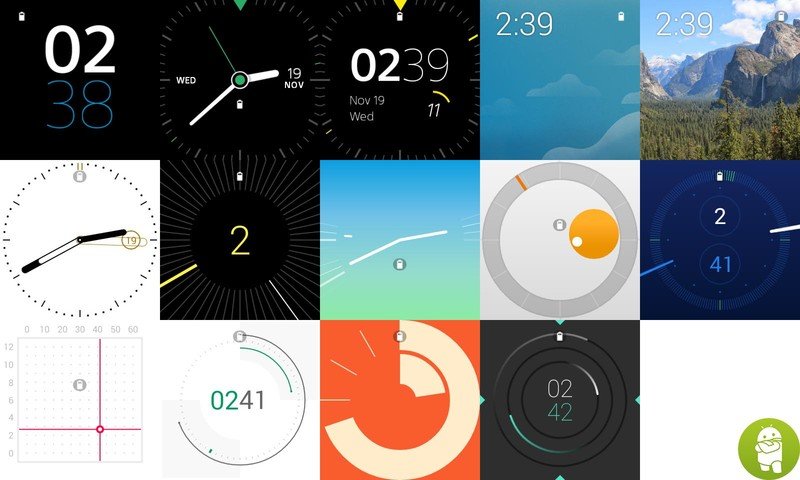
And Sony's watch faces could use a little love. They're functional, but they lack the "wow" factor that Motorola, LG and to a lesser extent ASUS have managed to bring.
We haven't mentioned the on-board Wifi or NFC capability until now because Android Wear doesn't yet support either. So at this point they're nothing but words on a spec sheet.
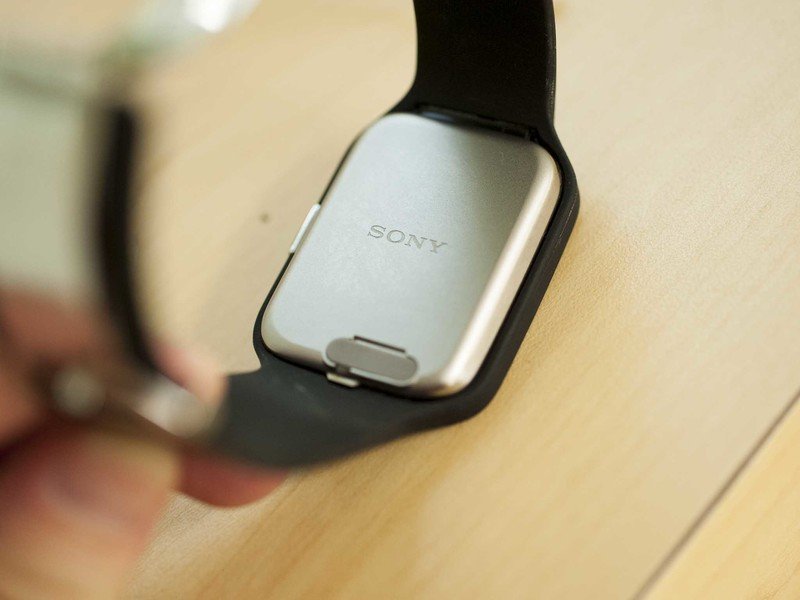
The bottom line
It's a good first (or third?) effort, and a decent active Android Wear device
As with any Android Wear device at this point — and this point is a mere 5 months into Android wearables — you have to take stock of whether you need this watch, or whether you just really want it. That the SmartWatch 3 has built-in GPS is a nice addition. But if you don't plan on wearing it while running or walking or golfing — or have some other application that needs phoneless location tracking — your $250 is better spent on another watch at this point. If you are a regular runner or gym rat, however, it's definitely worth a look.
You have to take stock of whether you need this watch, or whether you just really want it.
Will that change as more applications update to take advantage of GPS on Android Wear? Maybe. But chances are we'll have new watches with GPS sooner rather than later.
For now, you've got to really want the Sony SmartWatch 3 to get away with spending the money on it.
